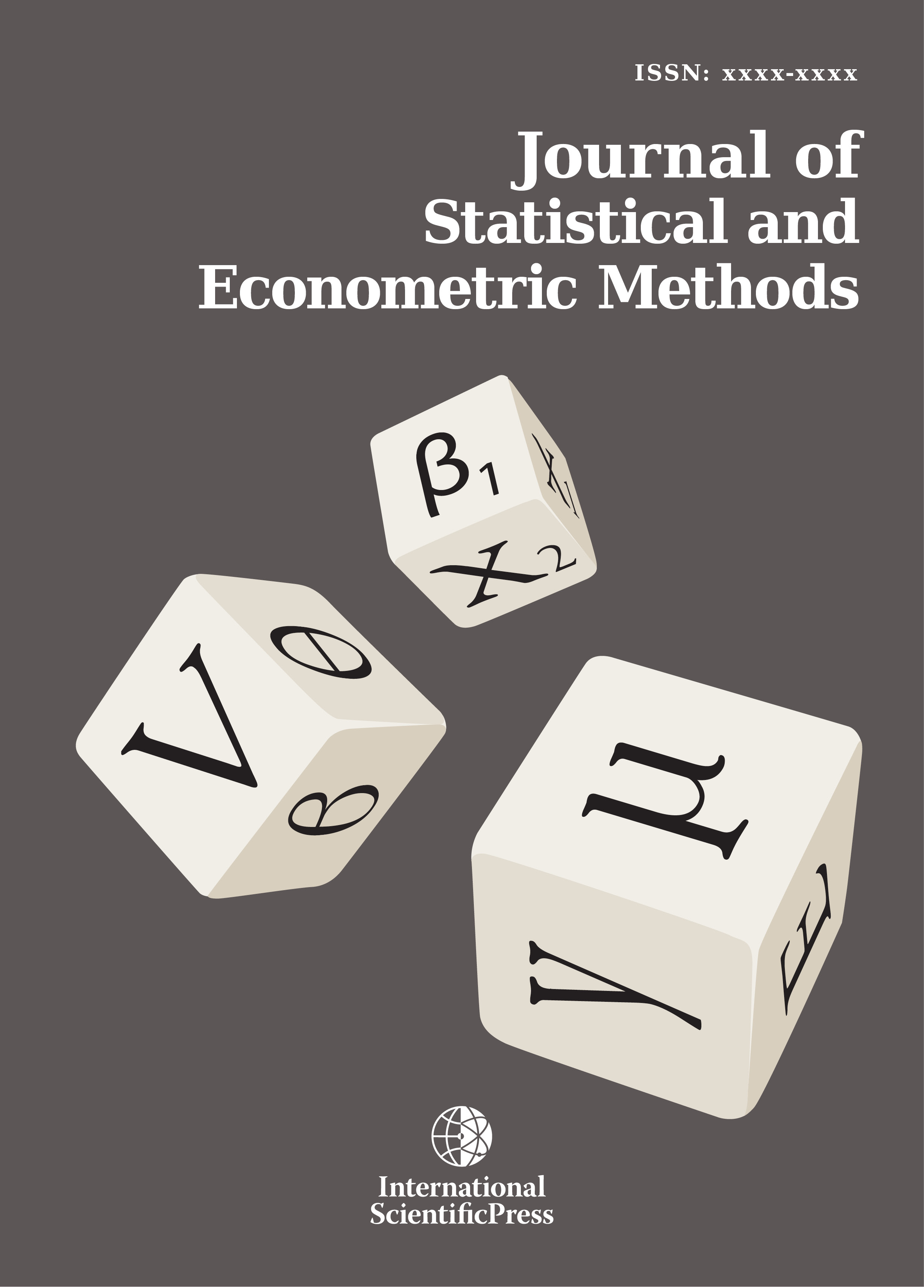Journal of Statistical and Econometric Methods
Evaluating Forecast Performance of SETAR Model using Gross Domestic Product of Nigeria.
-
 [ Download ]
[ Download ]
- Times downloaded: 9669
Abstract
This paper examines the structural changes emanating from Gross domestic product of Nigeria from 1980 to 2017. Out of sample forecast performances of non-linear time series SETAR model were examined. All necessary theoretical frameworks were stated and stationarity tests conducted before the model setting. Out-of-sample forecast performances between the standard linear ARIMA model and non-linear SETAR model were compared. The Empirical illustration shows that the non-linear SETAR model has superior forecasting power than linear ARIMA model using Gross domestic product of Nigeria. It suffices to recommend the non-linear model for would be policy makers, investors and academia for forecasting. However, this does not foreclose the fact that the linear ARIMA forecast model could still be used by forecasters in the absence of SETAR and other powerful non-linear model.
Keywords: Gross domestic product of Nigeria, SETAR Model, in and out samples forecast, ARIMA model
